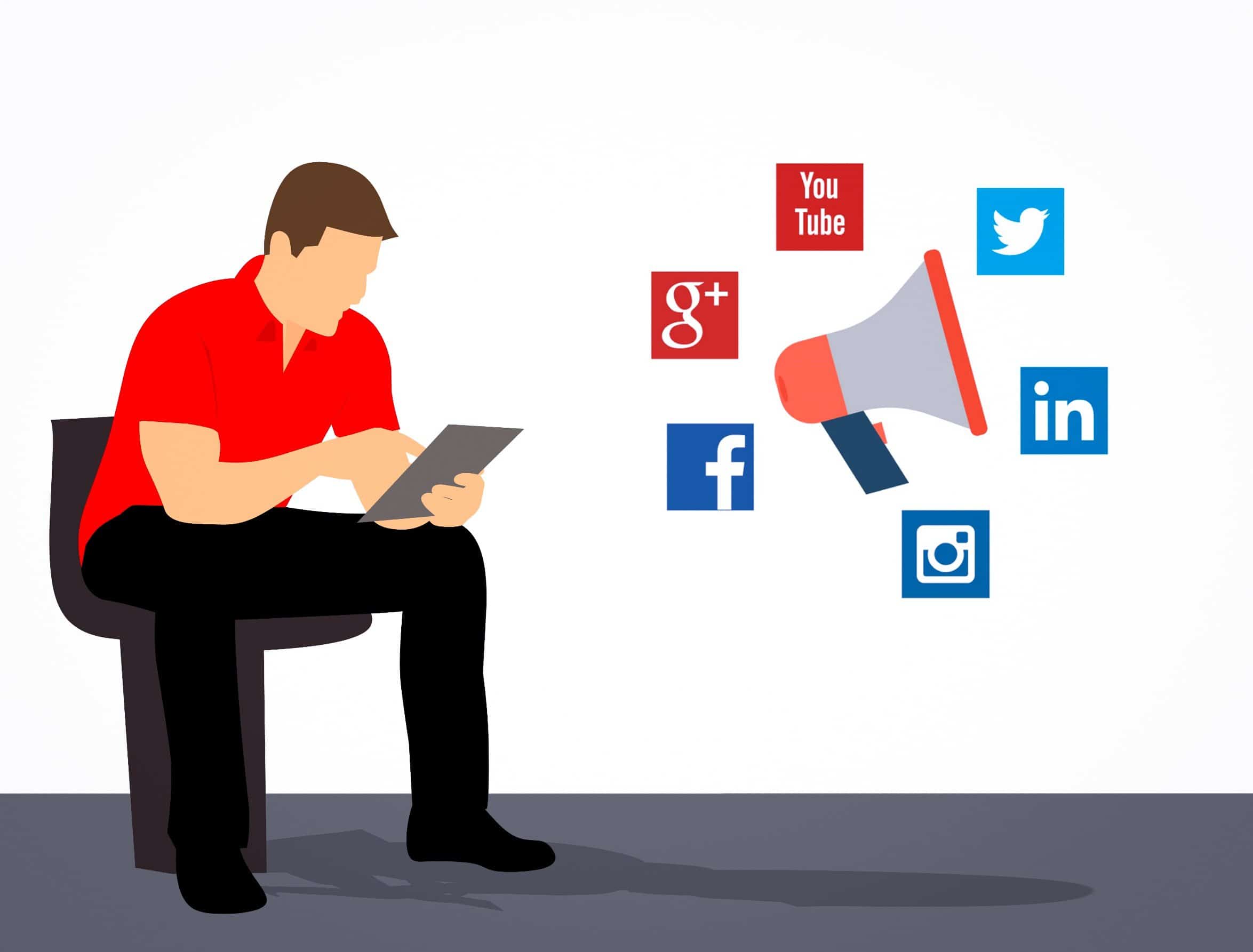There really is no getting around it: the way we market medical practices has evolved rapidly over the past decade. The patient journey starts before they’ve walked through your doors and continues well after they’ve left the office. Your patients’ overall perceived experience often has less to do with the doctor, and more to do with your employees — 75% of patient interactions are with the staff and only 25% with the doctor.
Perceived patient experience now involves every aspect of marketing and managing your medical practice including customer service, communication, patient expectations, and reputation management. Now, more than ever before, your entire team plays a role. From the front desk person to billing to the cleaning crew, your reputation is largely in the hands of your employees and your patients’ perceptions of their experience.
Social media also plays a leading role in the way that patients communicate with our practices and our willingness to embrace the medium as a tool for effective communication equates to our ability to attract and retain patients in the modern era. Just like the telephone and fax machine of years past, social media, email and instant messaging have quickly become the norm, if not the expectation. And with older employees retiring and as generations of new workers join our ranks, adoption and regular use of these new tools is second nature. In fact, as an employer, it’s now your job to adapt communication styles that work for your employees as well as your patients.

Photo by on Pexels
More so than ever before, the focus should be placed on delivering exceptional customer service. Which ultimately affects the patient experience. When you think about it, it’s funny how things come full circle. For years the focus was on adopting the latest technology. The conversation revolved around artificial intelligence, eliminating the need for people, automating everything, etc.
But here we are full circle again and the focus is back on our people, our ability to connect one-on-one with people and to engage. Social media just adds a new level of engagement to the dialogue.
The art of face-to-face conversation and ‘soft’ skills are some of the most highly sought-after skill sets in new employees and are required for delivering the level of customer service people have come to expect and demand. And, the ability to connect with patients and employees using tools like social media and beyond are the difference makers in moving the needle in marketing your medical practice.
The Old vs. the New Way of Customer Service
Customer service and patient care (we use the terms interchangeably these days on purpose) have evolved leaps and bounds in the last ten years. Back in the day, patient care was centered around a single interaction or question. It was very fact-based and non-emotional and tended to be quite reactionary from a company standpoint. Communication was typically a one-way affair, originating primarily from the patient.
Not anymore.
Think about this: how many times have you called a company customer service department and felt that the representative’s sole priority was getting you off the phone as quickly as possible so they could get on to the next caller? That’s the old way of customer service in a nutshell; and more often than not, you end up being unhappy with the overall experience.

Photo by National Cancer Institute on Unsplash
We’re now focused on two-way communication. Your patients, employees, and staff members are more aware of these new levels of communication and web-based technologies. Consumers and patients alike seek to establish a connection with the brands they do business with, and they require positive reinforcement with any interactions with companies. The overall customer experience means just as much as the product or service being purchased.
Bottom line: your patients’ overall experience will make or break your practice.
It’s now a part of marketing, HR, operations, finance, and just about every other part of your practice.
The patient experience as a whole can involve multiple touchpoints including:
- A prospective patient may reach out with a question on social media about the doctor or the practice before actually booking an appointment
- When a patient does decide to book, they may do so by phone, email, or a web page online
- Inside your office, the patient may interact with a number of your admin or front desk staff
- The patient may spend as little as 10% of their time in your office with the doctor
- After their appointment, a patient may leave feedback on your website, a social media page or an online review site
Ultimately, customer service on Facebook, as an example, represents only one touchpoint. Your entire customer care spectrum is the sum of all touchpoints and how effectively you perform and navigate on them to resolve inquiries and provide an enhanced patient/customer experience.
In other words, your entire practice persona, from your website to your employees (including hiring practices), to third-party review sites play a pivotal role in the delivery of the patient experience.
That’s huge.
And, because a patient’s first contact with your practice will most likely be happening outside of your office, your practice persona needs to be fully honed, optimized, and synchronized wherever it appears online. You want to put your best foot forward when that “foot” may be the only thing separating you from a rival or hospital-owned group down the street. The good news is that the data you put out and get back from online reviews and anywhere else in the digital realm will allow you to improve your office, providing you make proper use of it.

Photo by on Pexels
That’s why you need to be proactive rather than reactive when it comes to customer service. Provide information and support instead of having your patients request it. Put yourself in the shoes of your patient, determine their needs, and do your utmost to address and meet them. Make your patients feel valued. That is what customer service means.
Oh, and if you’re not doing it, you can bet that your competition around the corner is.
Are Unengaged Employees Hurting Your Bottom Line?
Now that marketing your medical practice is truly a team sport, how your patients get treated at the front desk can affect their online reviews almost as much as the quality of the doctor’s care.
Overall patient experience is one of the most critical factors contributing to your practice’s bottom line; three out of four patients now consult patient reviews as their first step in choosing a new doctor.
Customer Service Training Is Key
Employees can represent the biggest expense and sometimes headache for your medical practice, but they are also your greatest assets and provide untapped opportunities. Research shows that only 33% of employees across the board are actually engaged at work leading to increased job dissatisfaction and higher turnover.

Photo by bruce mars on Unsplash
Replacing and retraining an employee can be expensive. Direct replacement costs can be as high as 60% of an employee’s annual salary. And the total turnover cost can run between 90% to 200% of annual salary. However, 93% of employees have said they’ll stay longer if you only invest in their careers.
Taking steps to boost employee engagement can give your practice a competitive edge over the practice down the street. Engaged employees mean higher productivity, greater profitability, reduced turnover, and a more positive company culture.
It’s Worth Investing in Your Employees
Consider everything that goes into replacing an employee: time lost in searching, screening, and training a new hire, not to mention the entire onboarding process (which could take up to four to six months, depending on the position). When you factor in all that lost time, productivity, and money, how can you not take the time to invest in keeping your employees happy and engaged?
An effective patient experience training program for your employees should help you:
- Increase employee engagement
- Develop patient service mindsets
- Improve your practice’s reputation
- Strengthen employee retention
At the end of the day, the attitude and mental state of your employees set the tone for your entire practice. Patients can sense when something is “off” at you practice or when there are tension and discontent in the air. And most of them will want to steer way clear of the negativity.
Marketing your medical practice today is about customer service and community, and how effectively you maximize both. Your employees are your front-line customer service advocates as well as the pillars onto which you can build and strengthen your community.









